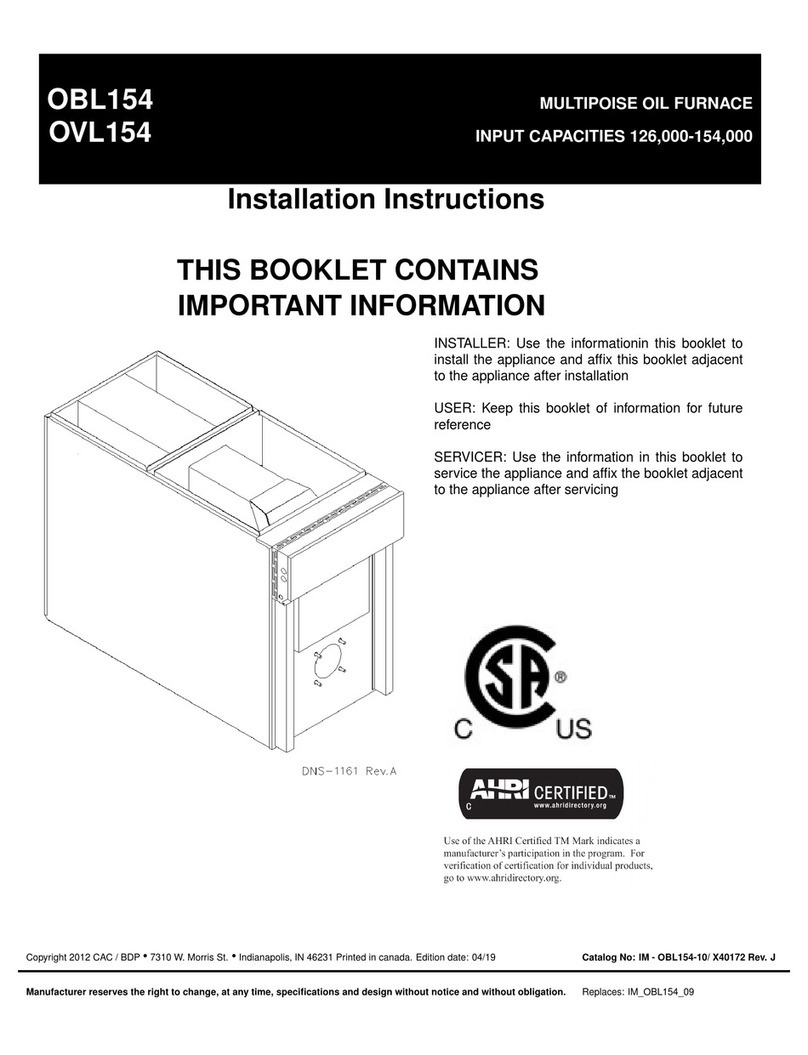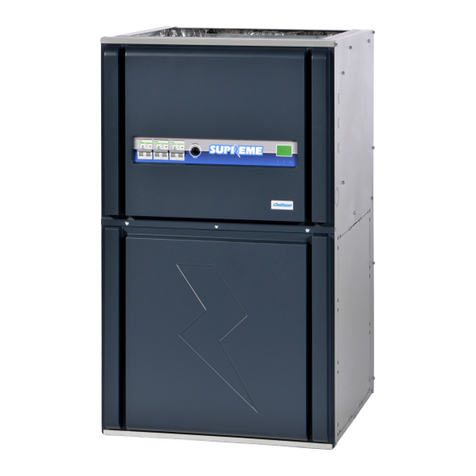Dettson AMT400B34-SM1 PMA Assembly instructions
Other Dettson Furnace manuals

Dettson
Dettson AMT400B34-SM1PMA Assembly instructions
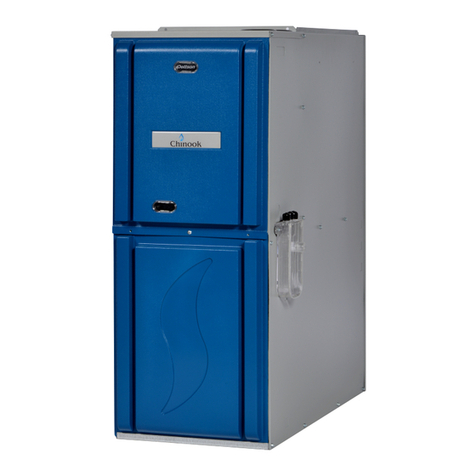
Dettson
Dettson C45-1-D Assembly instructions

Dettson
Dettson CC15-M-V Assembly instructions
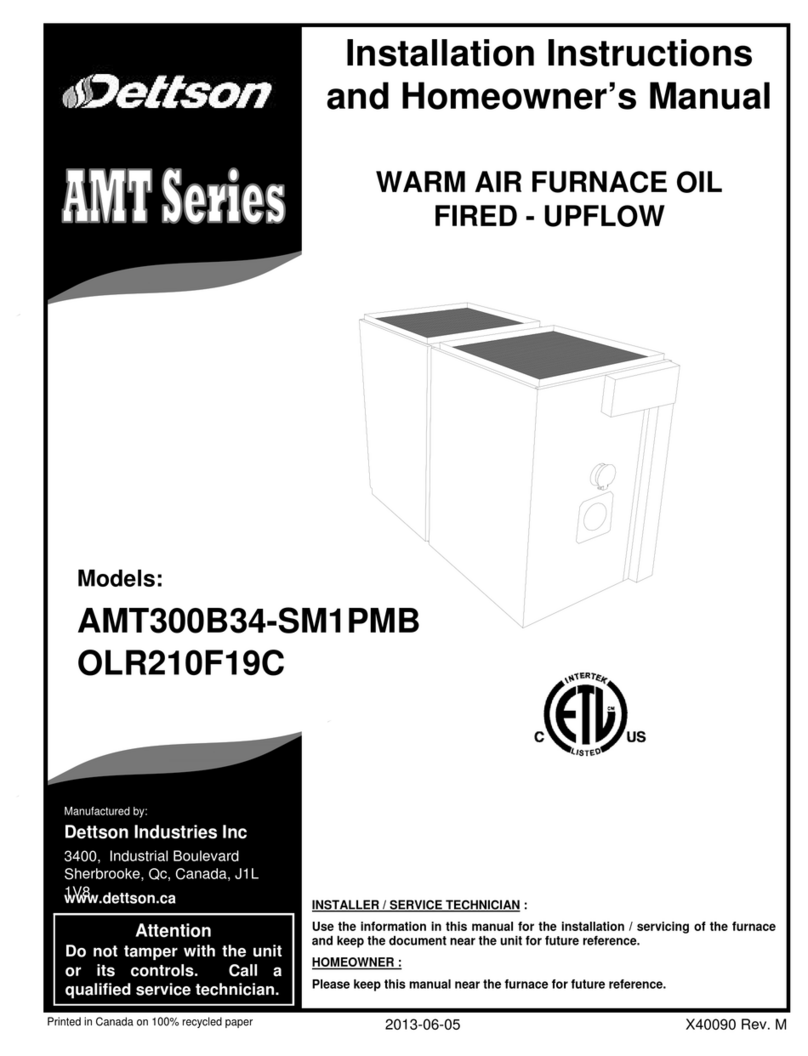
Dettson
Dettson AMT300B34-SM1PMB OLR210F19C User manual
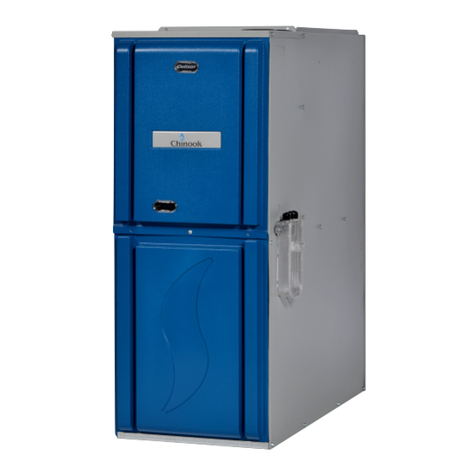
Dettson
Dettson Chinook C15-2-V Assembly instructions
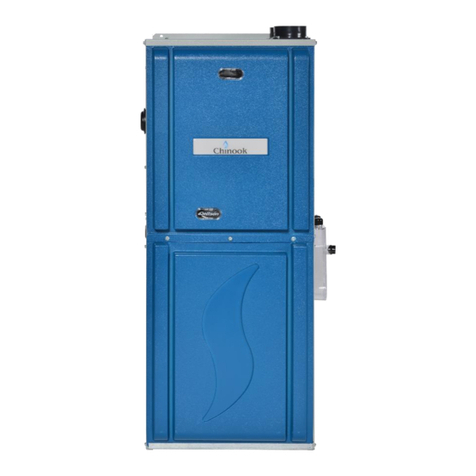
Dettson
Dettson C45-1-D Assembly instructions
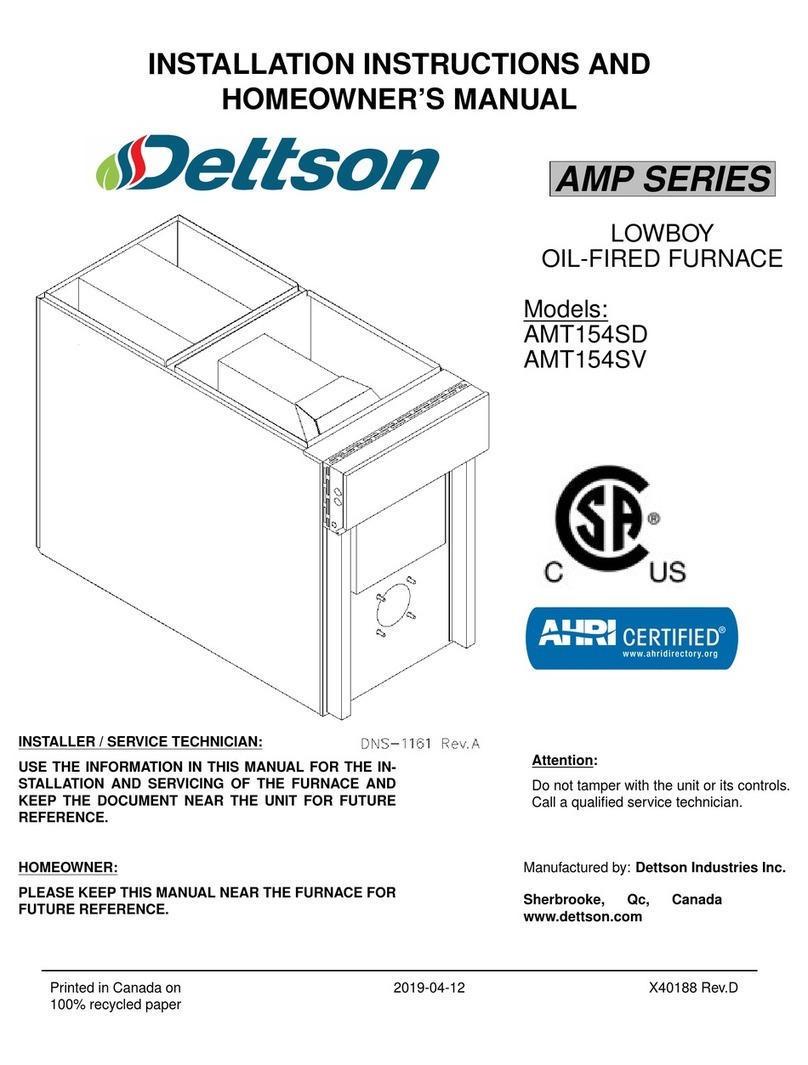
Dettson
Dettson Lowboy 154 Series Assembly instructions

Dettson
Dettson SUPREME Assembly instructions

Dettson
Dettson AMT112SD Assembly instructions
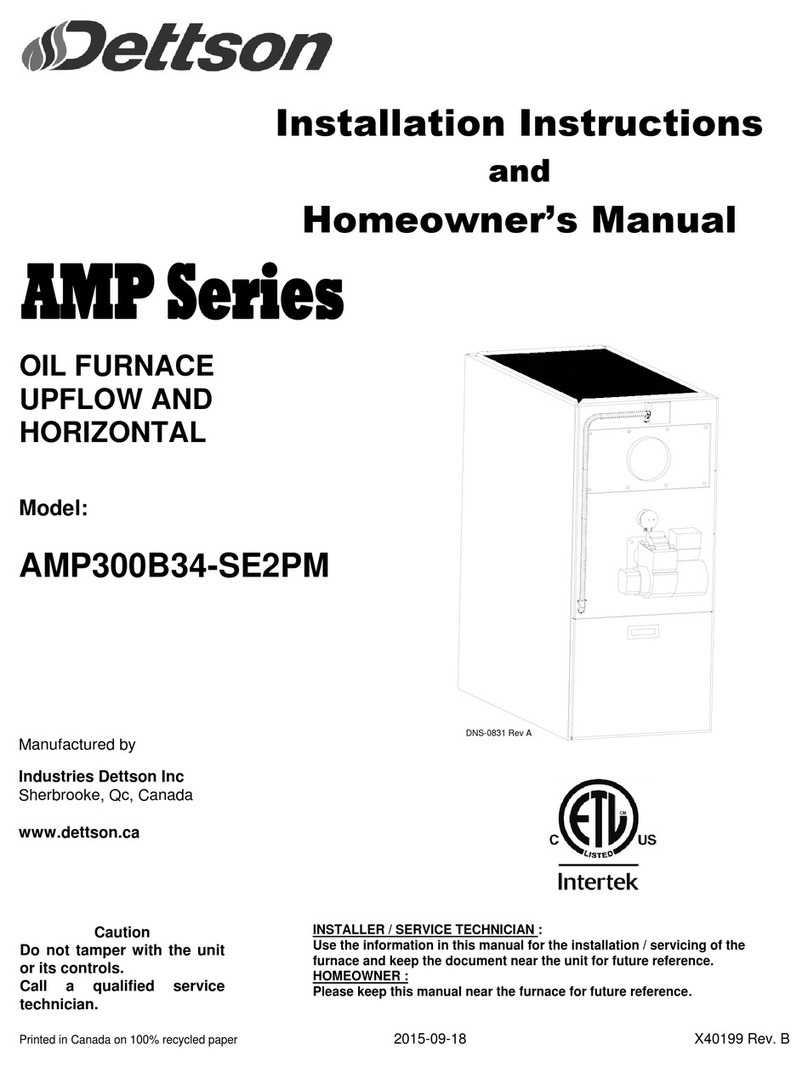
Dettson
Dettson AMP300B34-SE2PM User manual
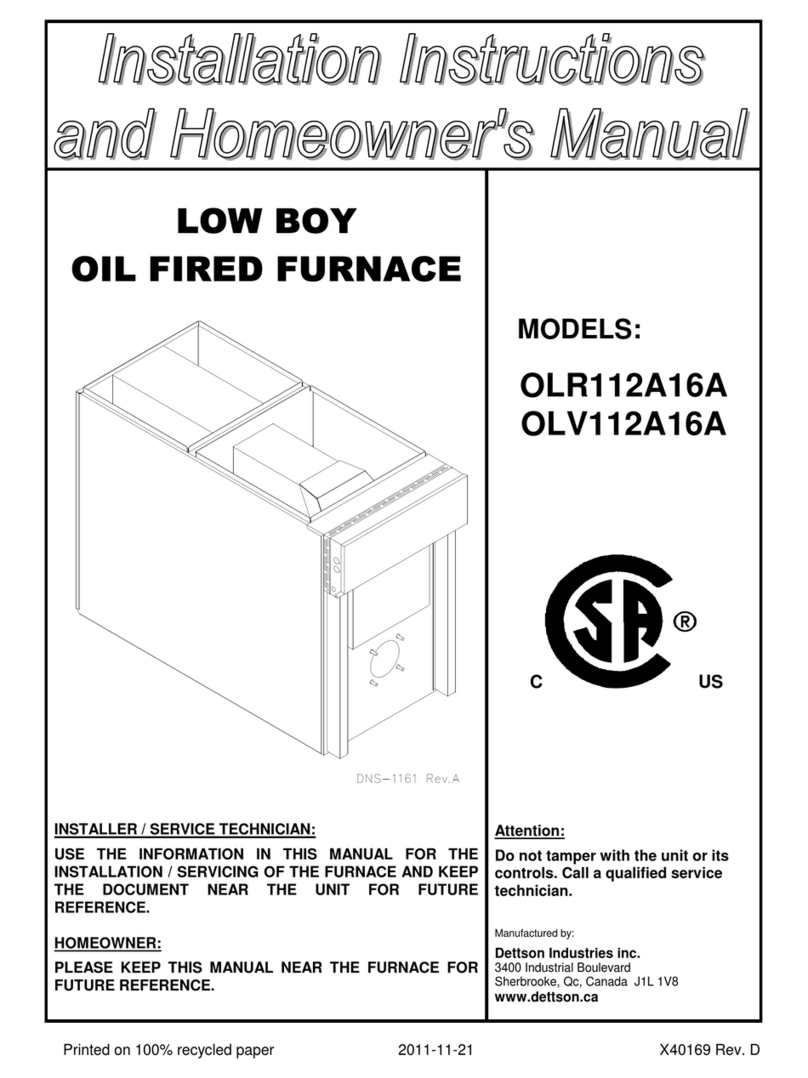
Dettson
Dettson OLR112A16A Assembly instructions

Dettson
Dettson AMT100B34-SM1 User manual

Dettson
Dettson AMP112SD Assembly instructions
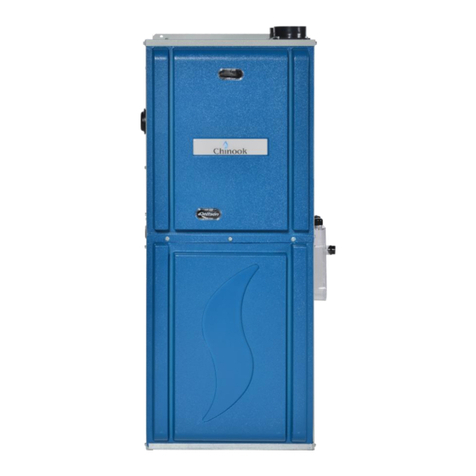
Dettson
Dettson Chinook C15-M-V User manual

Dettson
Dettson AMP300B34-SE2PMA Assembly instructions
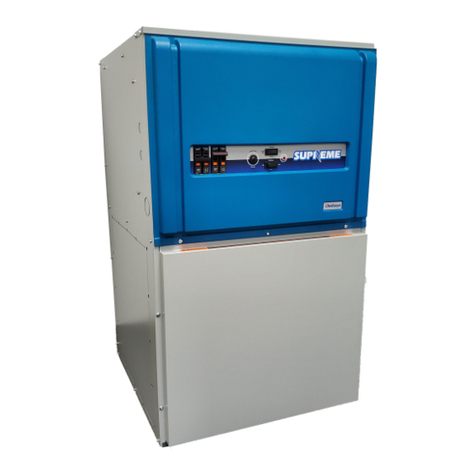
Dettson
Dettson COMFORT SUPXX-C120D12 Assembly instructions
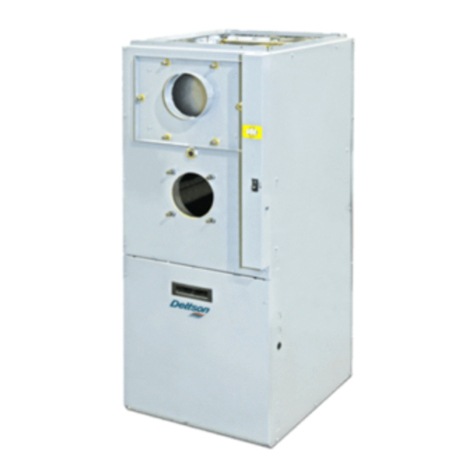
Dettson
Dettson OMF154L20A Assembly instructions
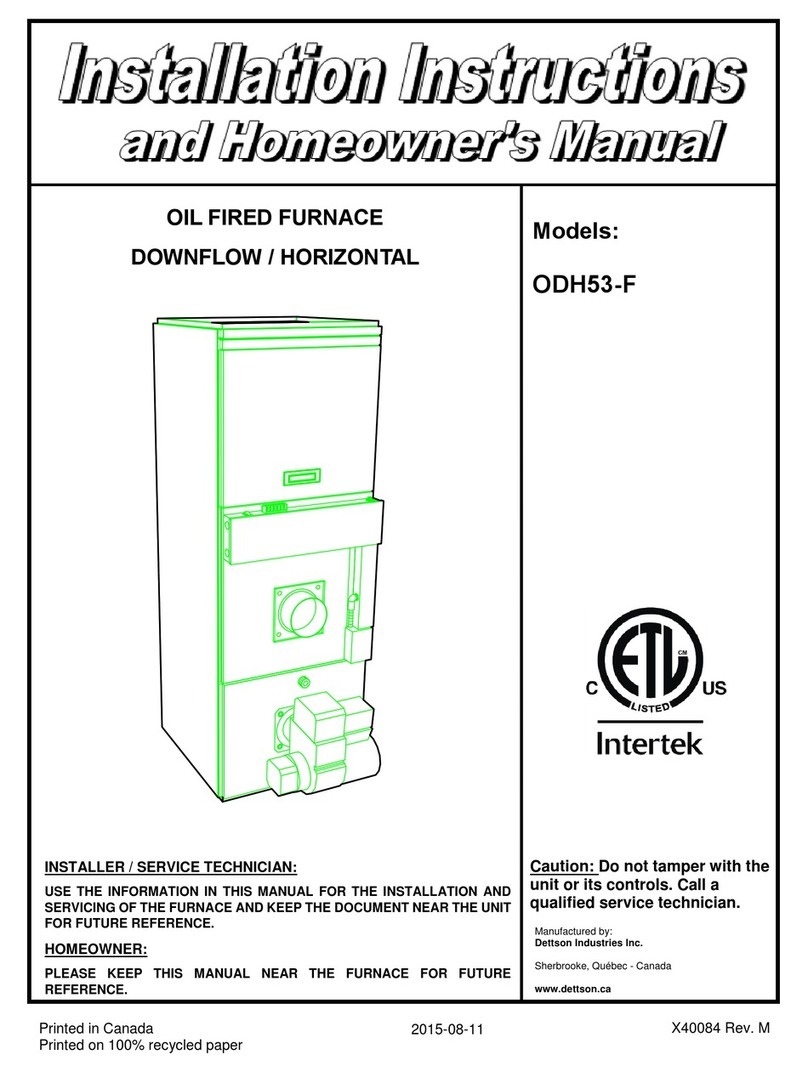
Dettson
Dettson ODH53-F User manual

Dettson
Dettson AMP098SD Assembly instructions

Dettson
Dettson CC15-M-V Assembly instructions
Popular Furnace manuals by other brands
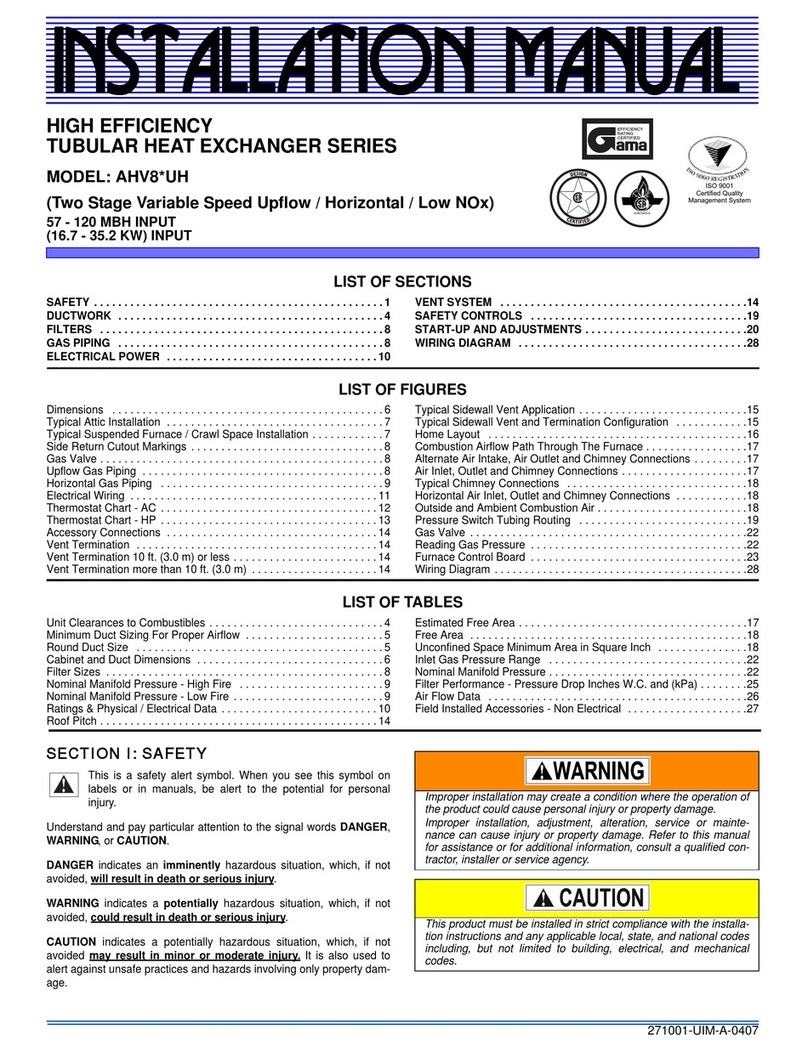
Unitary products group
Unitary products group AHV8 UH installation manual

VERDER
VERDER CARBOLITE GERO RHF 14/8 Installation, operation and maintenance instructions
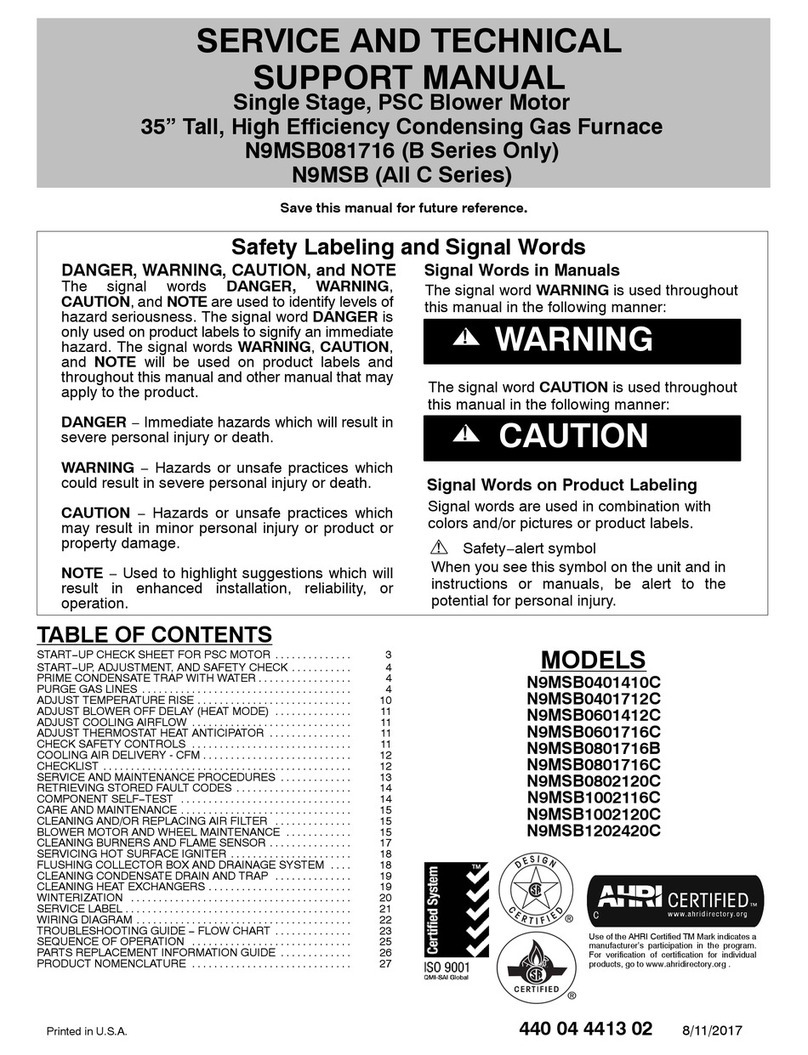
Tempstar
Tempstar B Series Service and technical support manual
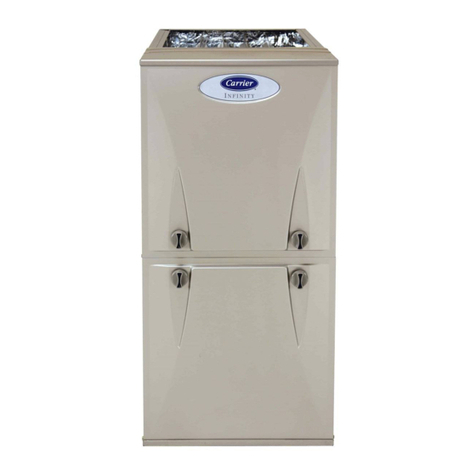
Carrier
Carrier Performance 59SP5A Installation, start-up, operating and service and maintenance instructions

Armstrong
Armstrong EG7H SERIES Installation and maintenance instructions
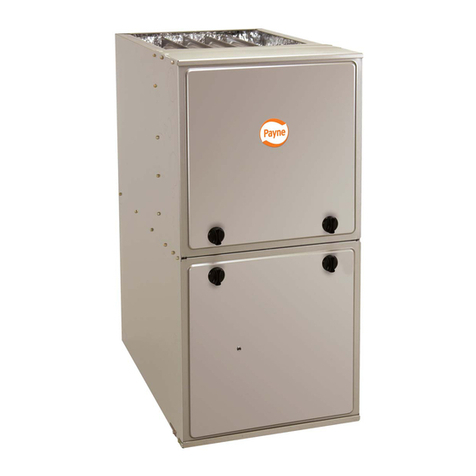
Payne
Payne PG92ESA Installation, start-up, operating and service and maintenance instructions
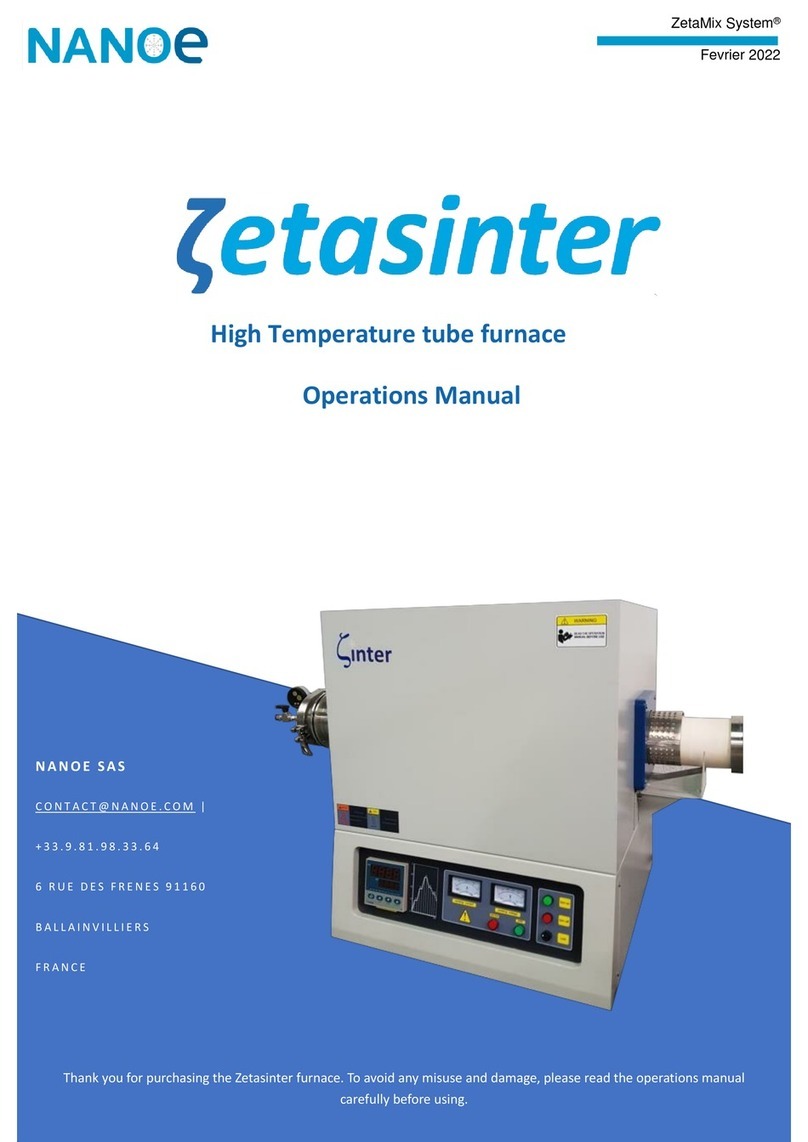
NANOE
NANOE Zetasinter Operation manual

SUPREME
SUPREME FEM10-M2301CM-A Installation instructions and homeowner's manual

Johnson Controls
Johnson Controls TM9T User's information manual
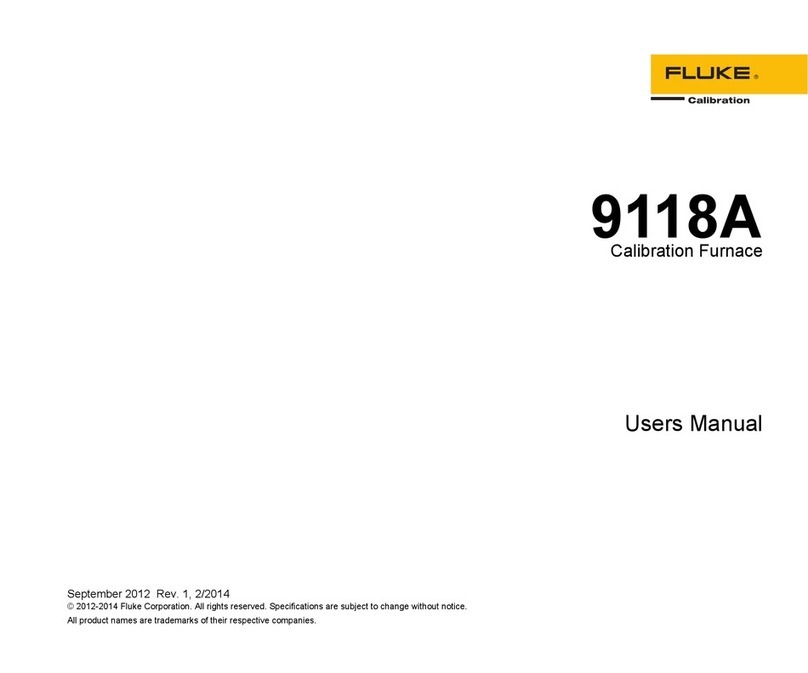
Fluke
Fluke 9118A user manual
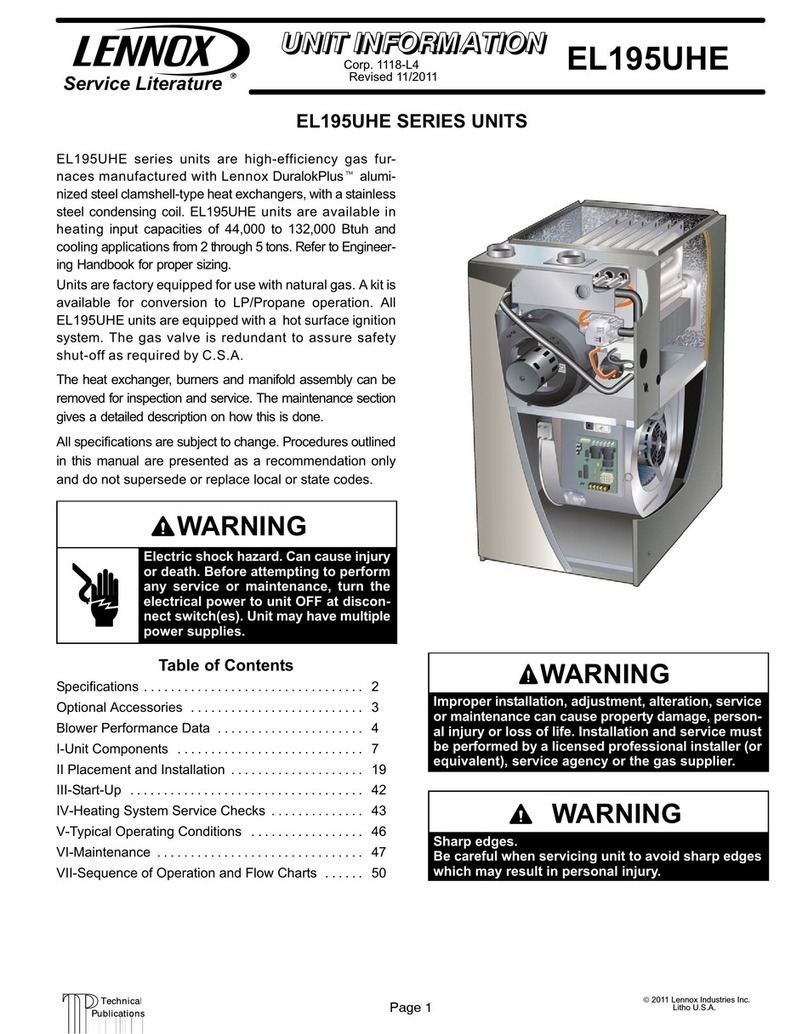
Lennox
Lennox EL195UHE Elite Series Unit information

Intertherm
Intertherm M7RL Series user manual
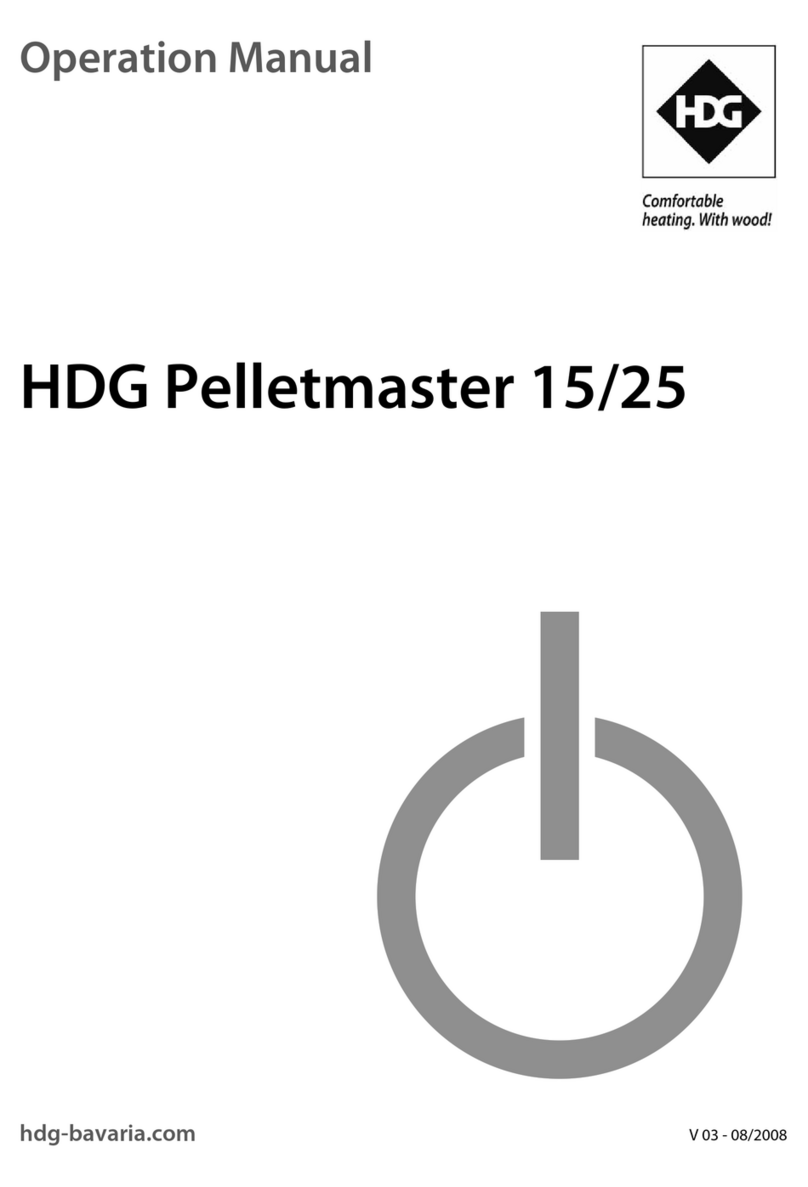
HDG
HDG Pelletmaster 15 Operation manual
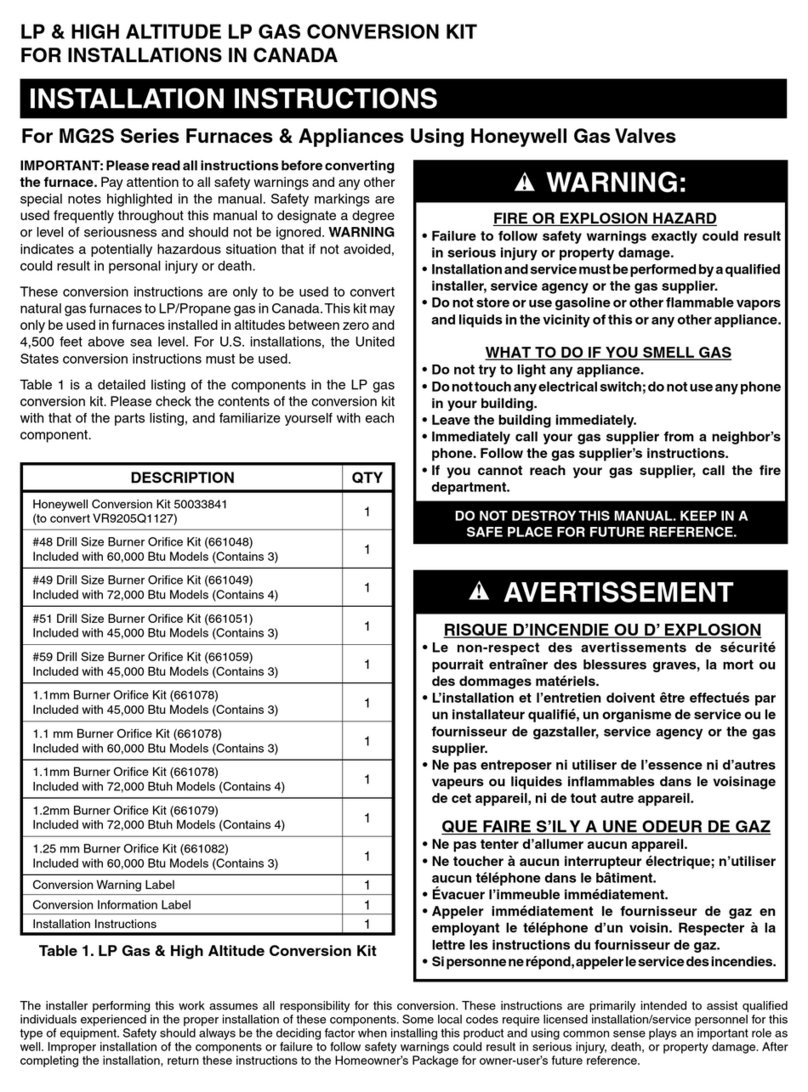
Nortek
Nortek MG2S Series installation instructions
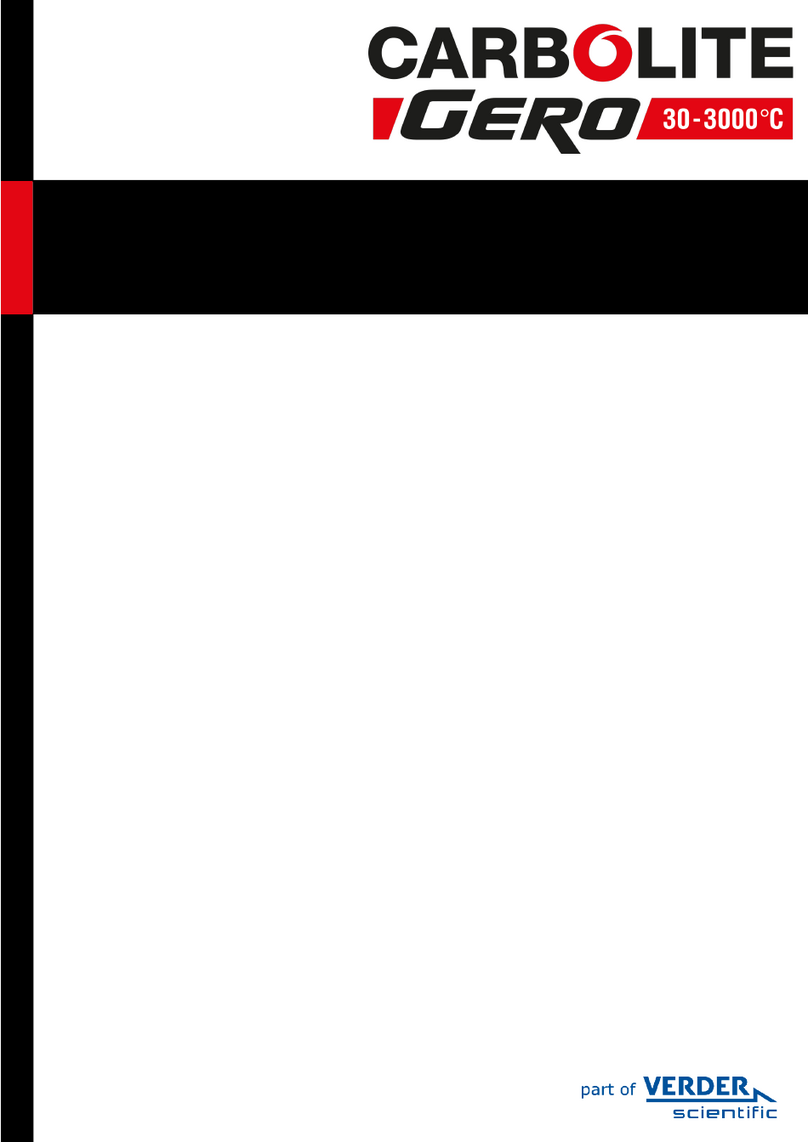
VERDER
VERDER CARBOLITE GERO ABF 8/28 Installation, operation and maintenance instructions

Goodman
Goodman GMV9 Installation & operating instructions
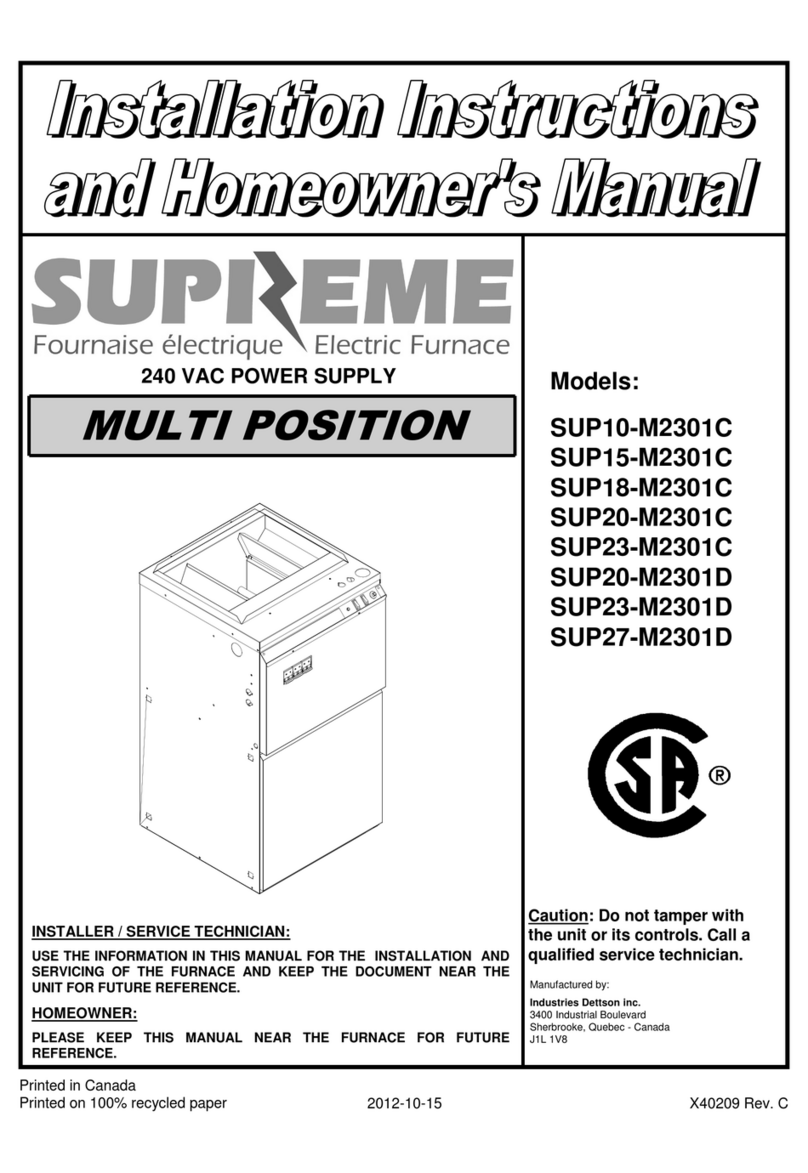
SUPREME
SUPREME SUP10-M2301C Installation instructions and homeowner's manual

Evcon
Evcon DGD 60 MBH installation instructions
